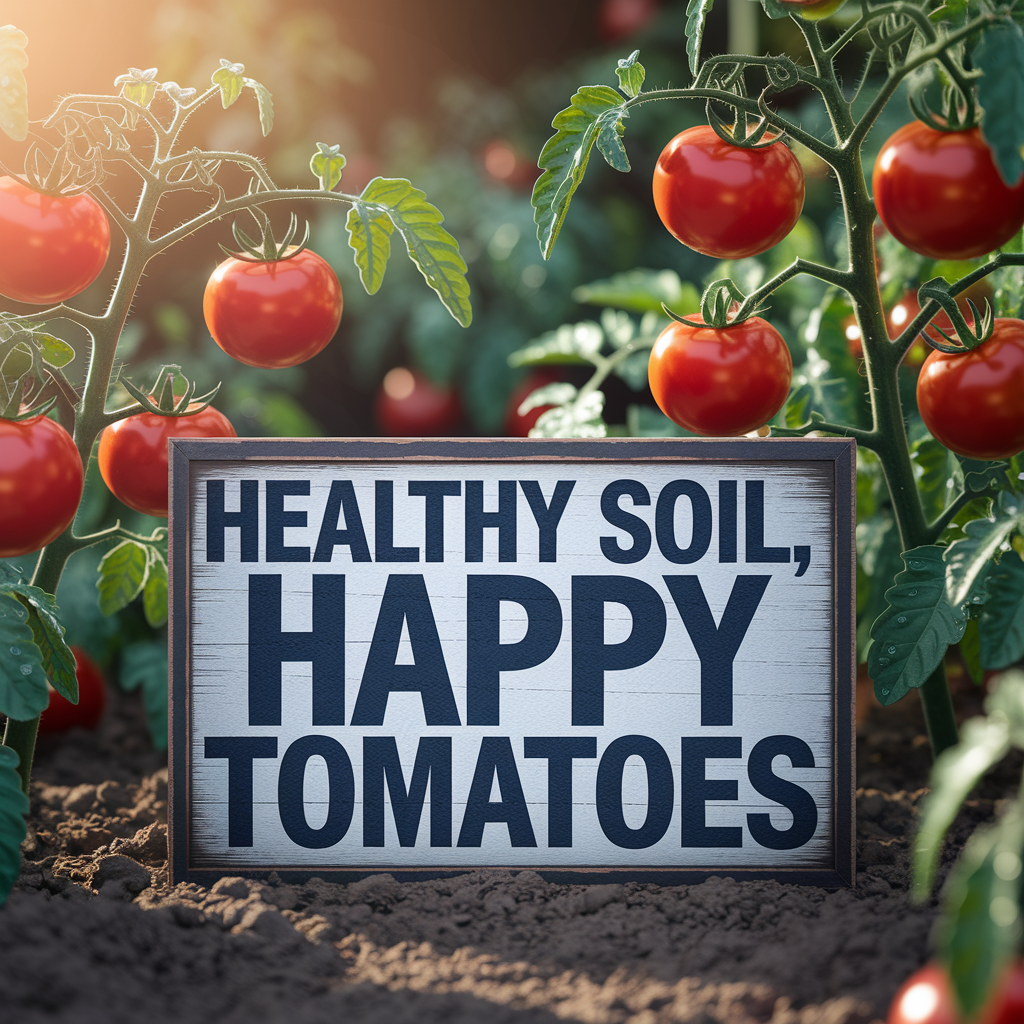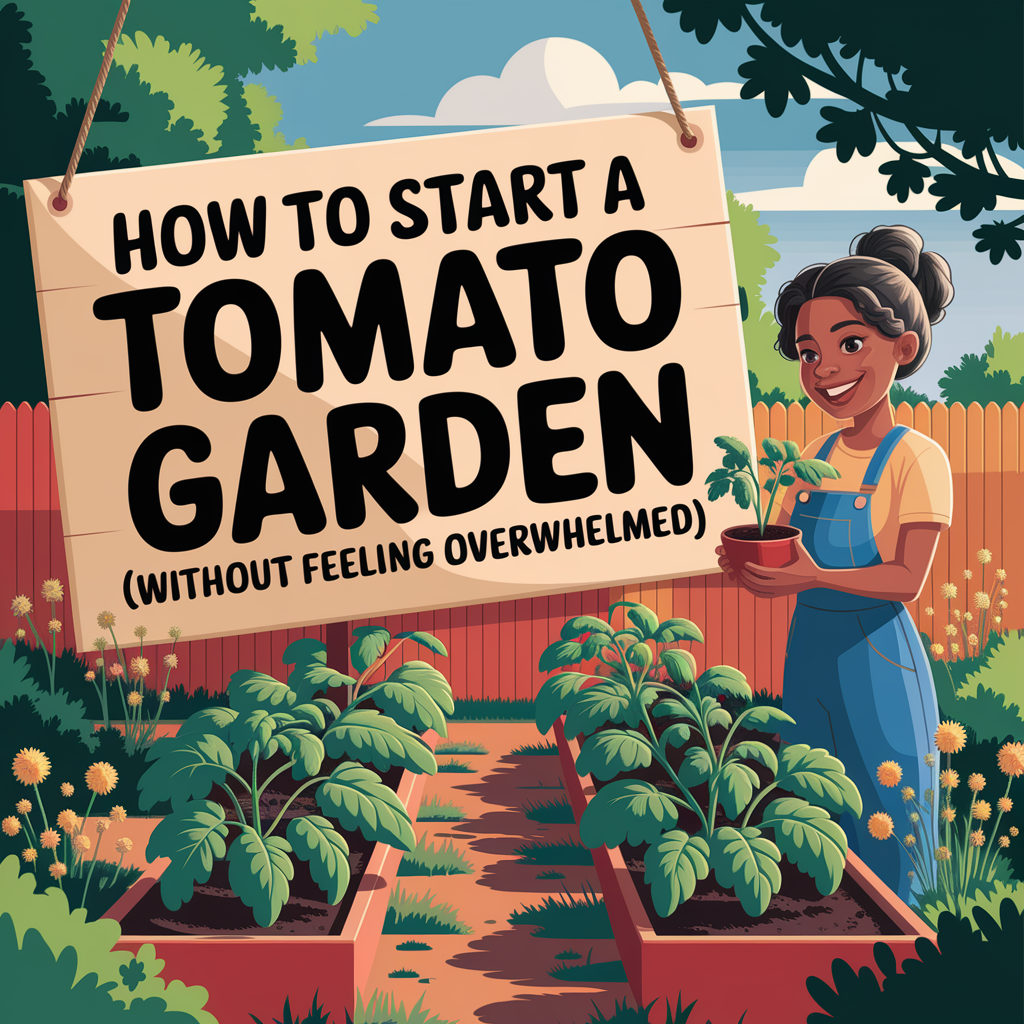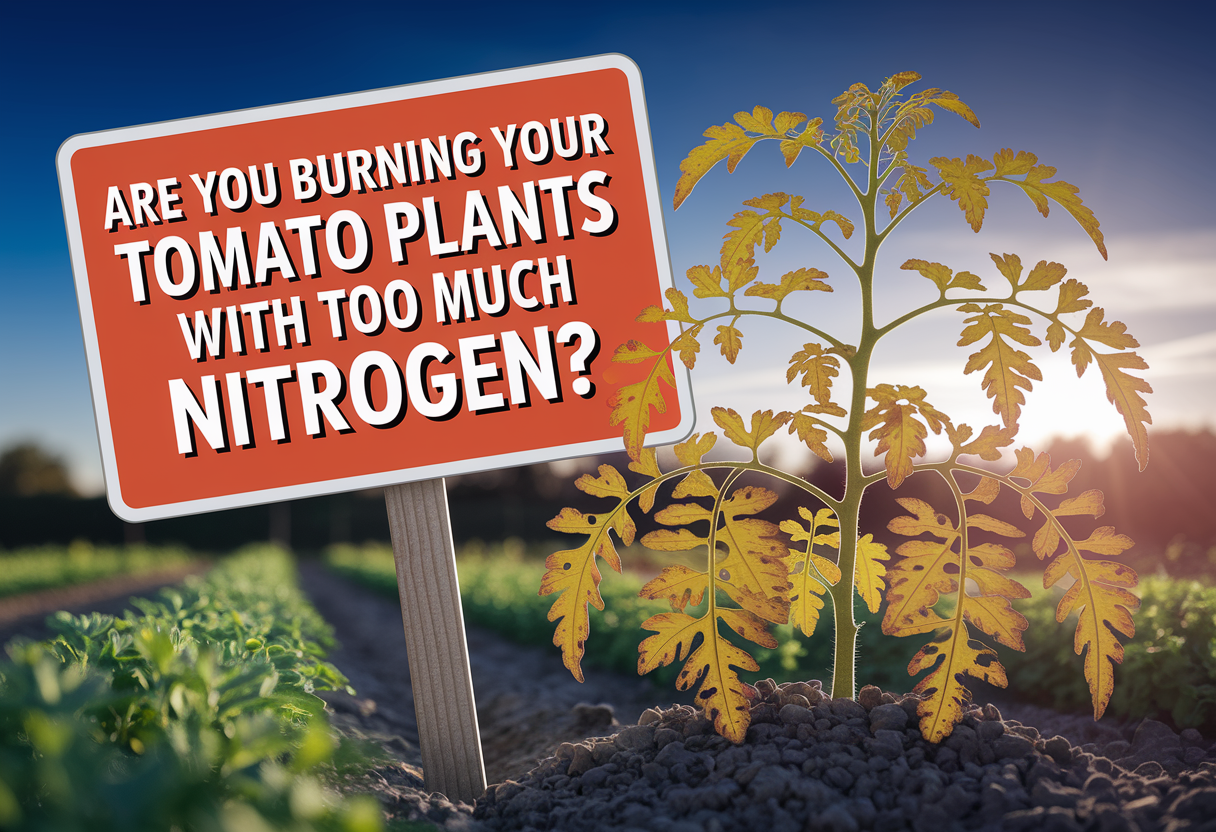
Nitrogen Burn In Tomato Plants: What It Looks Like and How to Fix It
If your tomato plants are looking worse after fertilizing, you might be dealing with nitrogen burn. I’ve had this happen to me, and it’s frustrating—especially when you think you’re doing everything right. But the good news? Once you spot it, you can stop it in its tracks and even reverse the damage.
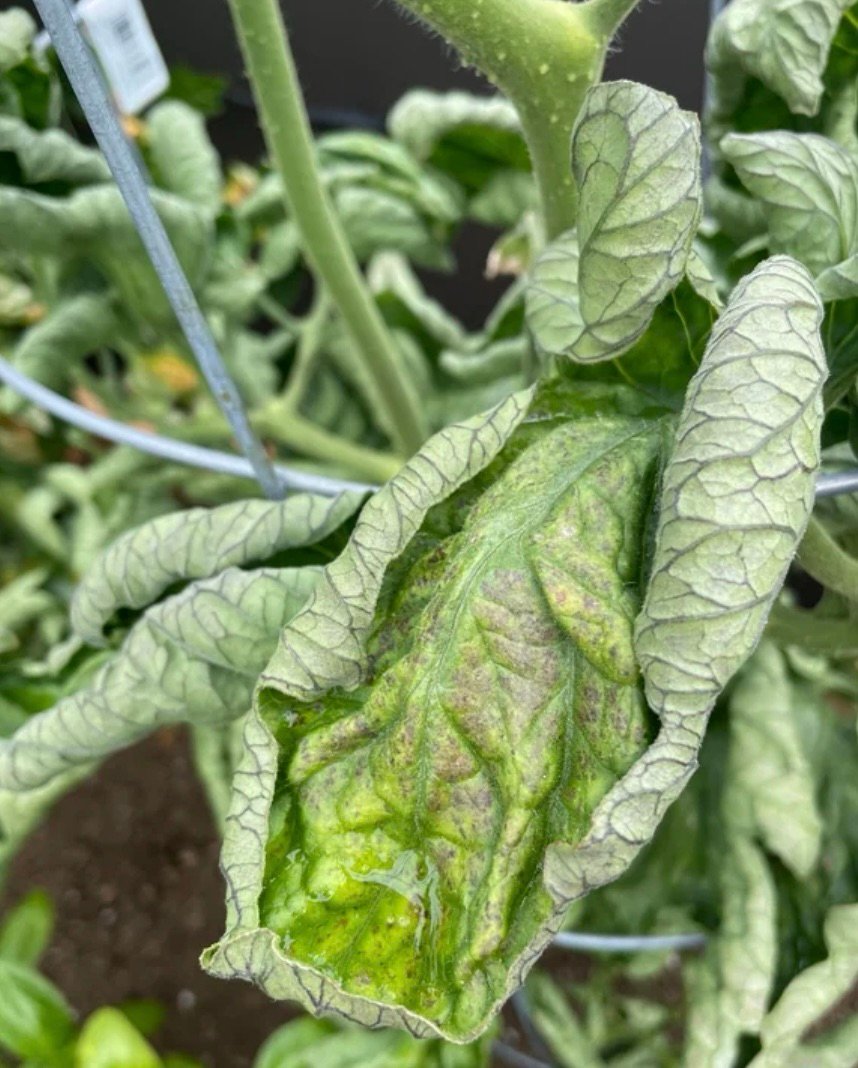
What Is Nitrogen Burn in Tomato Plants?
Nitrogen burn happens when your plants get hit with too much nitrogen all at once. While nitrogen is great for leafy growth, too much of it literally burns the roots and leaves. It’s like feeding your plant a double cheeseburger when it only needed a light salad. The result? Damage that looks worse over time if you don’t intervene.
This often happens when folks overdo it with fertilizer—especially ones high in nitrogen like 30-10-10 mixes. It can also happen if you fertilize too often or don’t water properly after applying.
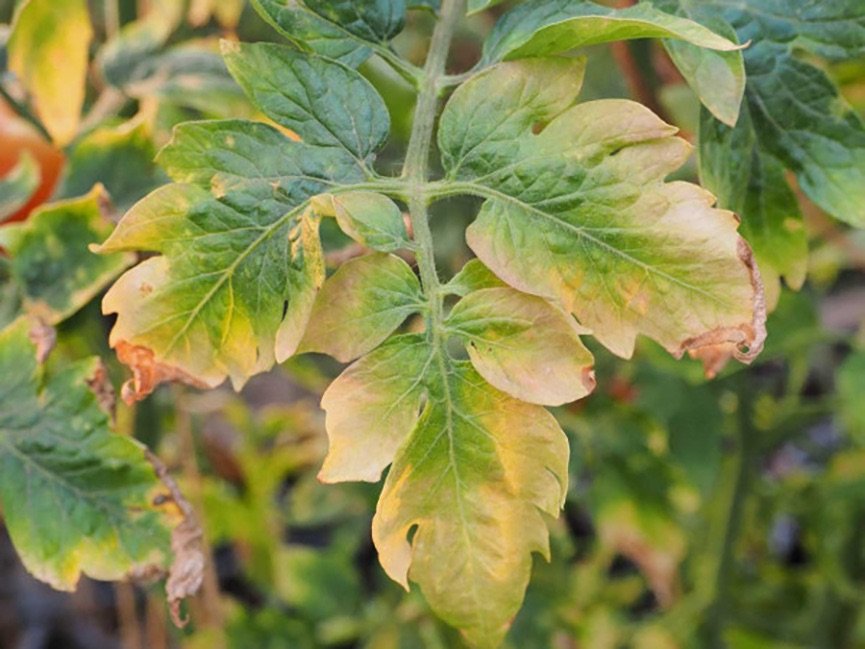
Signs of Nitrogen Burn on Tomato Plants
I’ve seen these signs firsthand, and they’re not pretty:
- Leaf tips turning yellow, brown, or crispy
- Leaves curling downward like claws
- Extremely lush, dark green leaves with almost zero fruit
- Stunted or shallow root growth
- A salty or chemical smell near the base of the plant
These signs can easily be confused with disease or heat stress, but when you’ve recently added fertilizer—especially in large amounts—nitrogen burn should be high on your suspect list.
👉 You’ll notice this same advice echoed in my post on 9 Surprising Tomato Growing Tips That Actually Workwhere I explain how using less nitrogen is usually better.
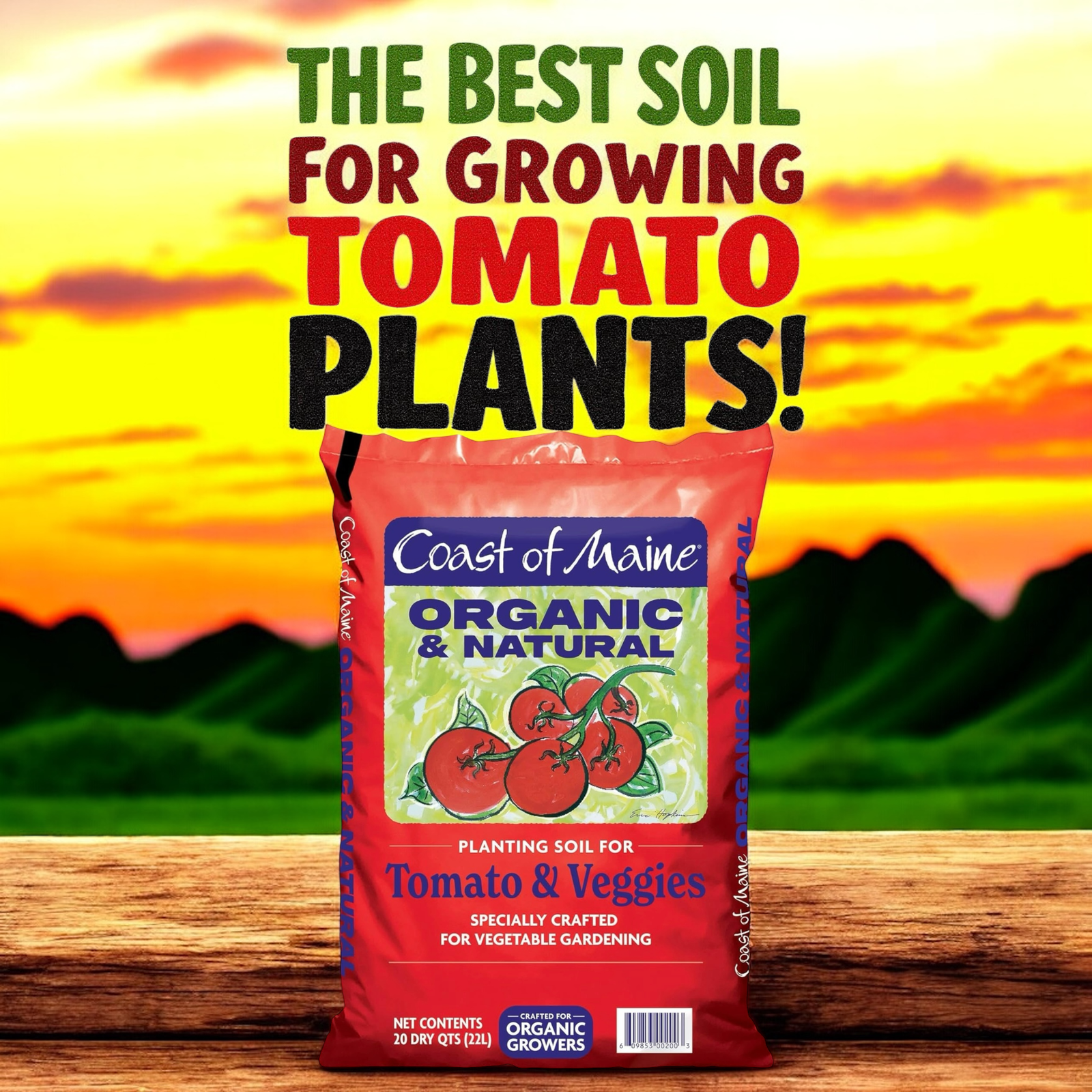
What Causes Nitrogen Burn in Tomato Plants?
Nitrogen burn is most often caused by:
- Using fertilizers with too high a nitrogen percentage (like 20-0-0 or 30-10-10)
- Applying fertilizer directly to dry soil
- Skipping the water step after applying fertilizer
- Using synthetic, fast-release fertilizers without knowing your soil’s needs
- Fertilizing during extremely hot or dry weather
In containers, this can be even worse since the confined space intensifies the impact. If your potting mix holds on to too much nitrogen, your tomatoes don’t stand a chance.
👉 That’s why I always test my soil first using this pH & Nitrogen Test Kit before I feed my plants anything.

How to Fix Nitrogen Burn in Tomato Plants (Step-by-Step)
When I first realized my tomato plants had nitrogen burn, I panicked. The leaves were curling and browning at the edges, and I thought I was about to lose the whole crop. But once I followed these steps, I saved most of the plants and learned a lesson I’ll never forget.
1. Stop Fertilizing Immediately
This sounds obvious, but it’s worth repeating. Pause all fertilizing—especially anything high in nitrogen. Even organic fertilizers can continue to release nitrogen into the soil, so don’t assume they’re safe.
2. Flush the Soil with Water
Give your plants a long, deep watering to dilute the excess nitrogen and help wash it out of the root zone. For container plants, let water drain freely out the bottom. For in-ground tomatoes, water slowly so it soaks in without washing away your topsoil.
3. Remove the Worst Damaged Leaves
Snip off the leaves that are crisped, brown, or curling beyond repair. This not only improves airflow but also lets your plant focus on new, healthy growth.
4. Pause and Monitor
For the next 5–7 days, keep watering regularly but hold off on any kind of feeding. If new growth starts to look normal, you’re in recovery mode.
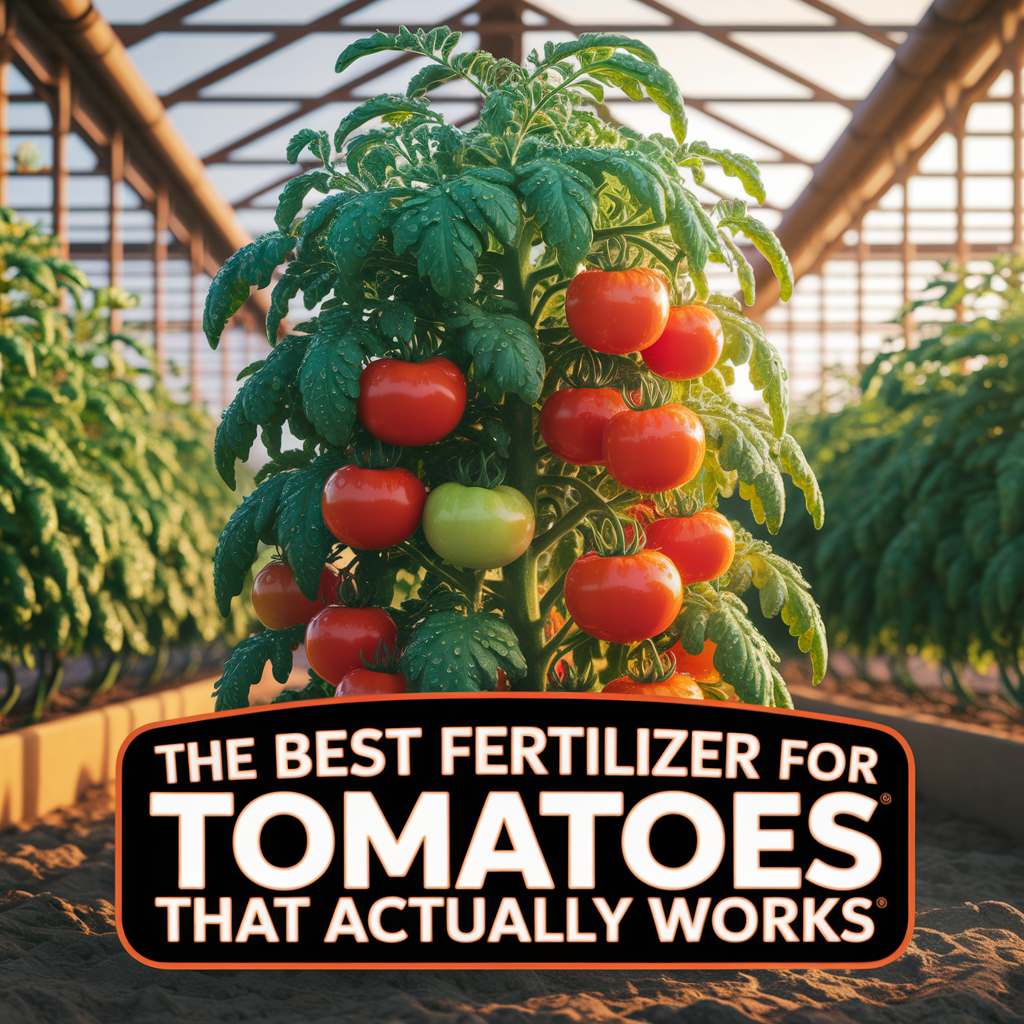
How Much Nitrogen Do Tomato Plants Actually Need?
This was a big realization for me: tomatoes don’t need that much nitrogen—especially after the early growth stage.
During the seedling and early transplant phase, some nitrogen is good. It encourages leafy, strong growth. But once flowers appear, tomatoes shift gears. They want phosphorus for fruiting and potassium for overall health—not a nitrogen overload.
Here’s the general rule I now follow:
- Early growth (before flowering): Balanced fertilizer like 10-10-10
- After flowering begins: Lower nitrogen mix like 5-10-10 or 4-6-8
- If using organic compost: Go easy—compost already contains a slow-release mix of nutrients
You can read more about how soil plays a major role in all of this in my article on the best soil mixture for tomatoes in containers — especially helpful if you’re growing in pots.
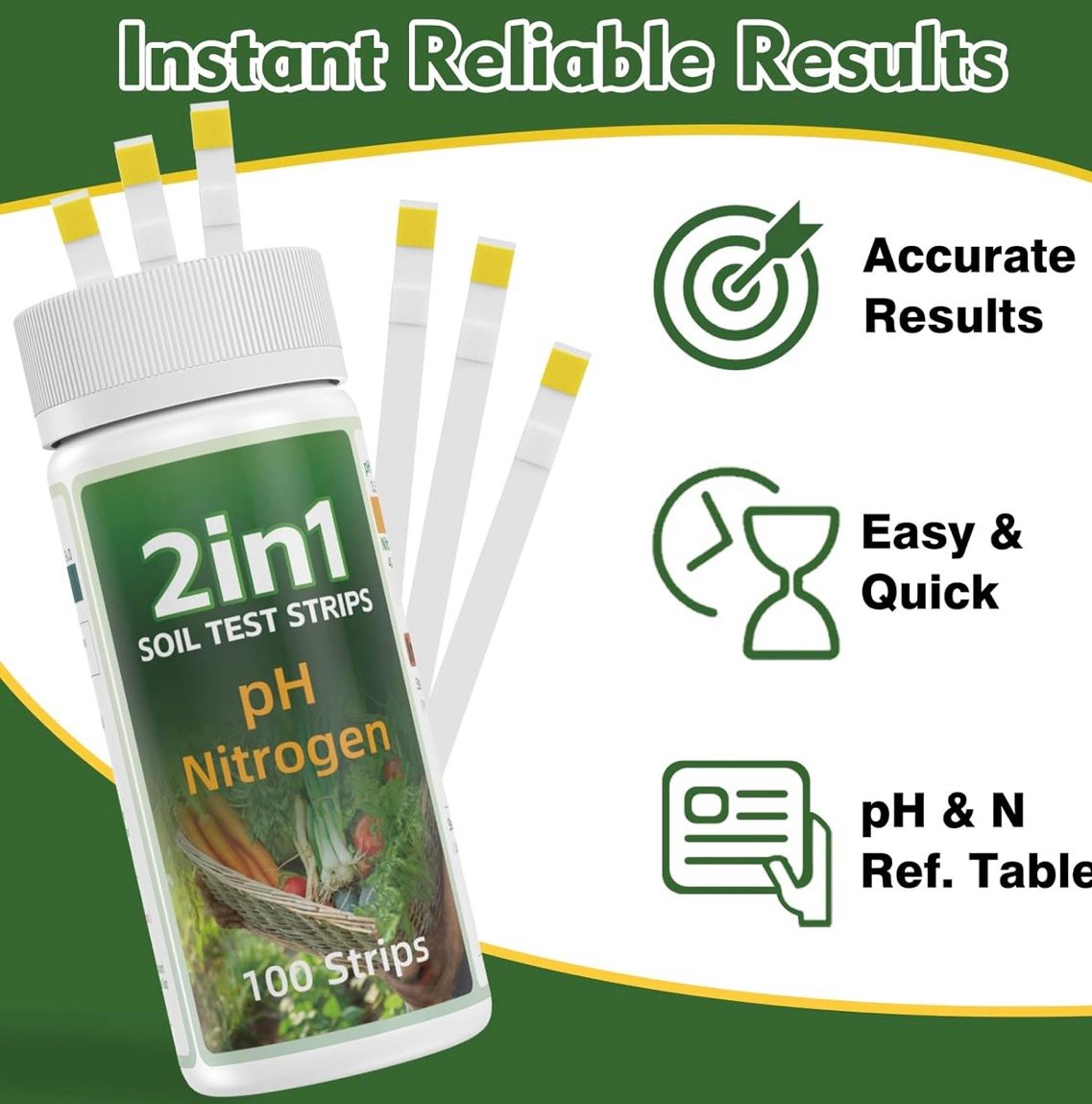
Common Signs of Nitrogen Burn in Tomato Plants
If you’ve never seen nitrogen burn before, it can sneak up on you. I used to confuse it with sunscald or even pest damage, but once you know what to look for, it’s easier to spot early.
Here’s what nitrogen burn typically looks like:
1. Yellowing or browning edges on leaves – Especially lower leaves, which take the brunt of excess nutrients.
2. Curled or distorted leaf shape – The leaves may fold upward or get a tight, scrunched look.
3. Weak stems despite lush green leaves – You’ll sometimes see too much top growth and not enough strength below.
4. Delayed fruiting – The plant keeps pumping out foliage instead of setting fruit, and flowers may even drop early.
I go into more detail on this in my article on signs of overwatering tomato plants, which sometimes shows similar symptoms—worth checking out to compare.

Why Nitrogen Burn Happens (Even with “Safe” Fertilizers)
You might be thinking: “But I’m using organic fertilizer or compost—how could I overdo it?” I had the same thought. The truth is, even natural soil amendments like manure or fish emulsion can create nitrogen overload if used too often or too heavily.
Some things that can sneakily lead to nitrogen burn:
1. Overapplying composted manure
Just because it’s “natural” doesn’t mean it’s weak. Rich compost can pack a nitrogen punch.
2. Not checking your soil mix before planting
I learned this the hard way—mixing in fresh potting soil that was already pre-loaded with nutrients plus adding fertilizer made it way too “hot.”
3. Using high-nitrogen lawn fertilizer on the garden
Please don’t do this! It’s meant for grass, not tomatoes, and it can torch your plants.
If you’re not sure what’s in your soil, I highly recommend grabbing one of the soil pH and nitrogen test kits. It saved me a lot of guessing and future damage.

How to Prevent Nitrogen Burn in Tomatoes Before It Starts
One of the best lessons I’ve learned growing tomatoes is that less is often more—especially when it comes to nitrogen. Over the years, I’ve developed a few habits that help me avoid nitrogen overload without sacrificing growth:
1. Use a balanced fertilizer (not just nitrogen-heavy blends)
Look for a fertilizer with an even NPK ratio like 10-10-10 or even lower in nitrogen. I often go lighter early on and save the heavier feeding for when the plants are flowering.
2. Always read the label and measure properly
Eyeballing it with fertilizer is a risky game. Whether it’s organic or synthetic, I stick to the directions—and sometimes go slightly under the recommended dose.
3. Mix your soil with a gentle blend
When planting in containers, I rely on Coast of Maine Tomato Soil because it’s naturally rich but not overly strong. It balances moisture and nutrients without burning roots.
4. Test your soil a few times during the season
Using a 2-in-1 nitrogen and pH test kit has saved me from overfeeding more times than I can count. It’s simple and gives peace of mind.
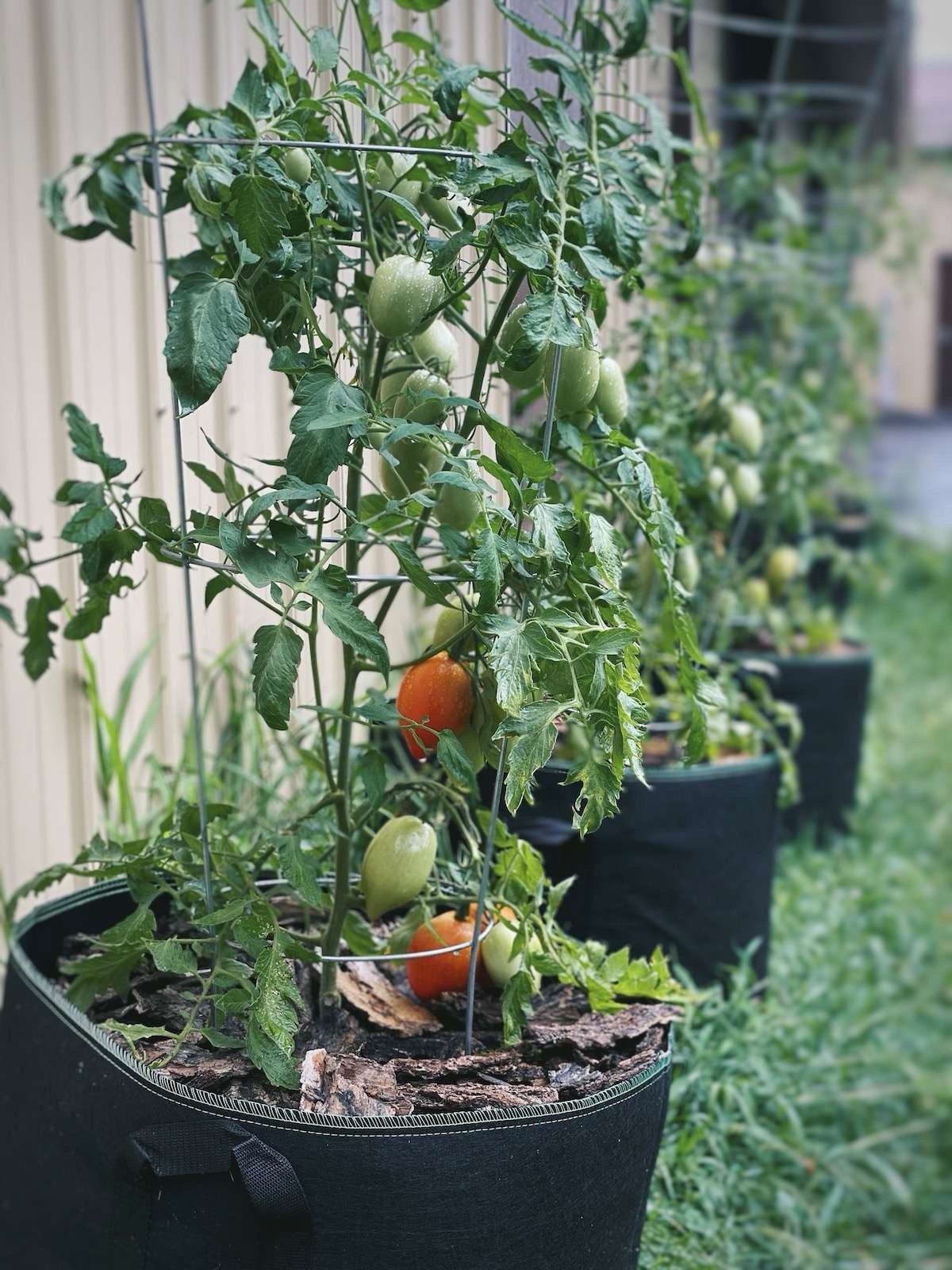
Can Tomato Plants Recover from Nitrogen Burn? Here’s What I Did
Yes, they can—and I’ve had a few bounce back surprisingly well, but it takes quick action and some patience.
1. Stop all fertilizing immediately
Don’t add anything else to the soil until your plant stabilizes. Let the roots rest.
2. Flush the soil if possible
If you’re growing in containers, run clean water through the pot until it drains freely to help leach out excess nitrogen. For in-ground plants, water deeply a few times in a row.
3. Remove the worst damaged leaves
Don’t rip the whole plant apart, but trim the worst yellowed or crispy leaves. This encourages the plant to send energy to new healthy growth.
4. Monitor new leaves
The new growth is your best indicator. If the new leaves come in looking normal and green, you’re on the path to recovery.
One time I caught it just in time and used grow bags like these to transplant a container plant with fried roots. It gave it a fresh start in gentler soil—and it actually fruited later in the season!
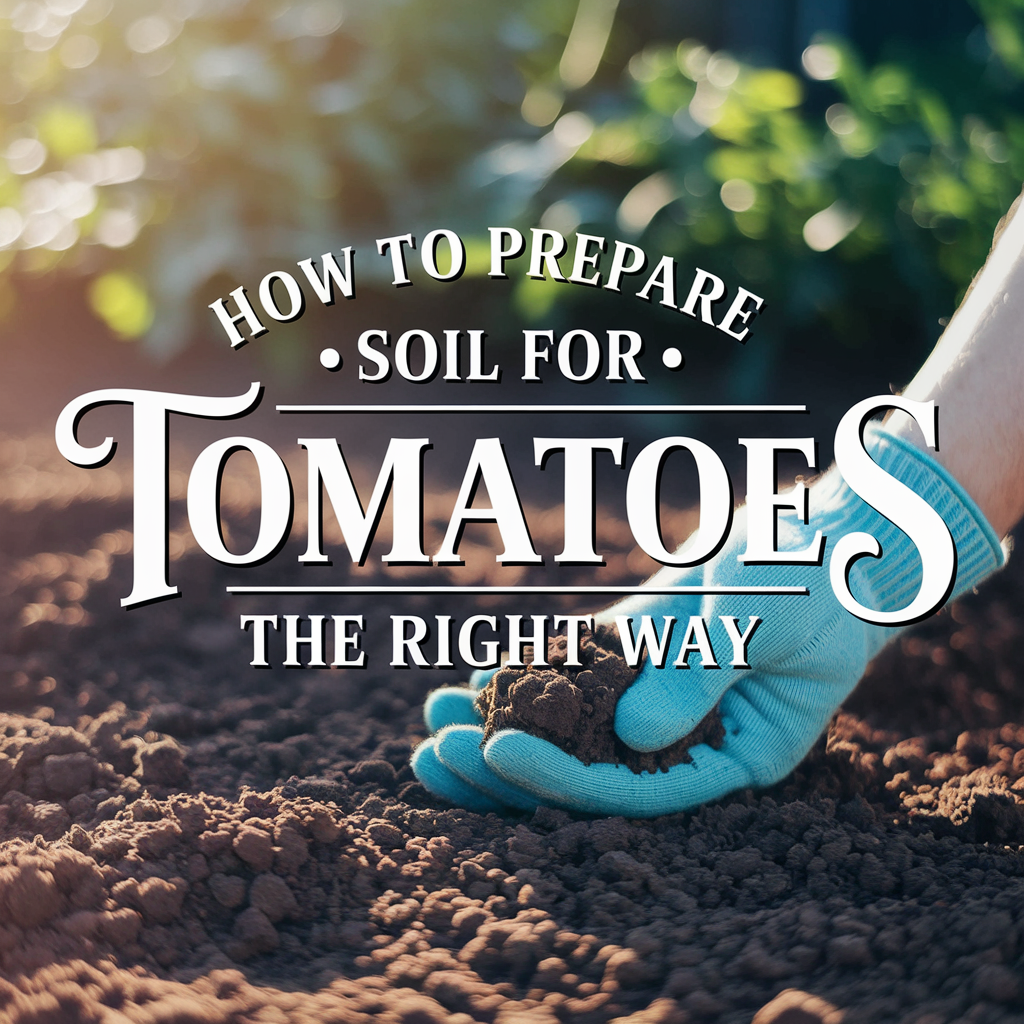
Better Alternatives to High-Nitrogen Fertilizers for Tomatoes
If you’re like me and want strong, healthy tomatoes without the risk of frying them with too much nitrogen, here are a few options I’ve switched to:
1. Compost and worm castings
These are slow-release and don’t overload your plants. I mix them into my soil before planting and again mid-season. They feed the soil and keep everything balanced.
2. Tomato-specific fertilizers
There are blends made just for tomatoes with lower nitrogen and higher phosphorus/potassium for blooms and fruit. I’ve had better results using these than all-purpose lawn fertilizers.
3. Organic mulching
Using mulch in containers or garden beds helps keep the soil cool and full of life, so your tomato roots aren’t shocked by hot or “hot” fertilizer!

Why Balanced Nutrition Wins Every Time
The key to avoiding problems like nitrogen burn—and growing beautiful tomatoes—is balance. Tomatoes are heavy feeders, but they’re picky. Too much of one thing throws everything off.
Balanced soil with the right pH for tomatoes makes a massive difference. I didn’t used to test for pH, but after using this 4-in-1 soil meter, my harvests got way better. Nutrients actually became available to the plants.
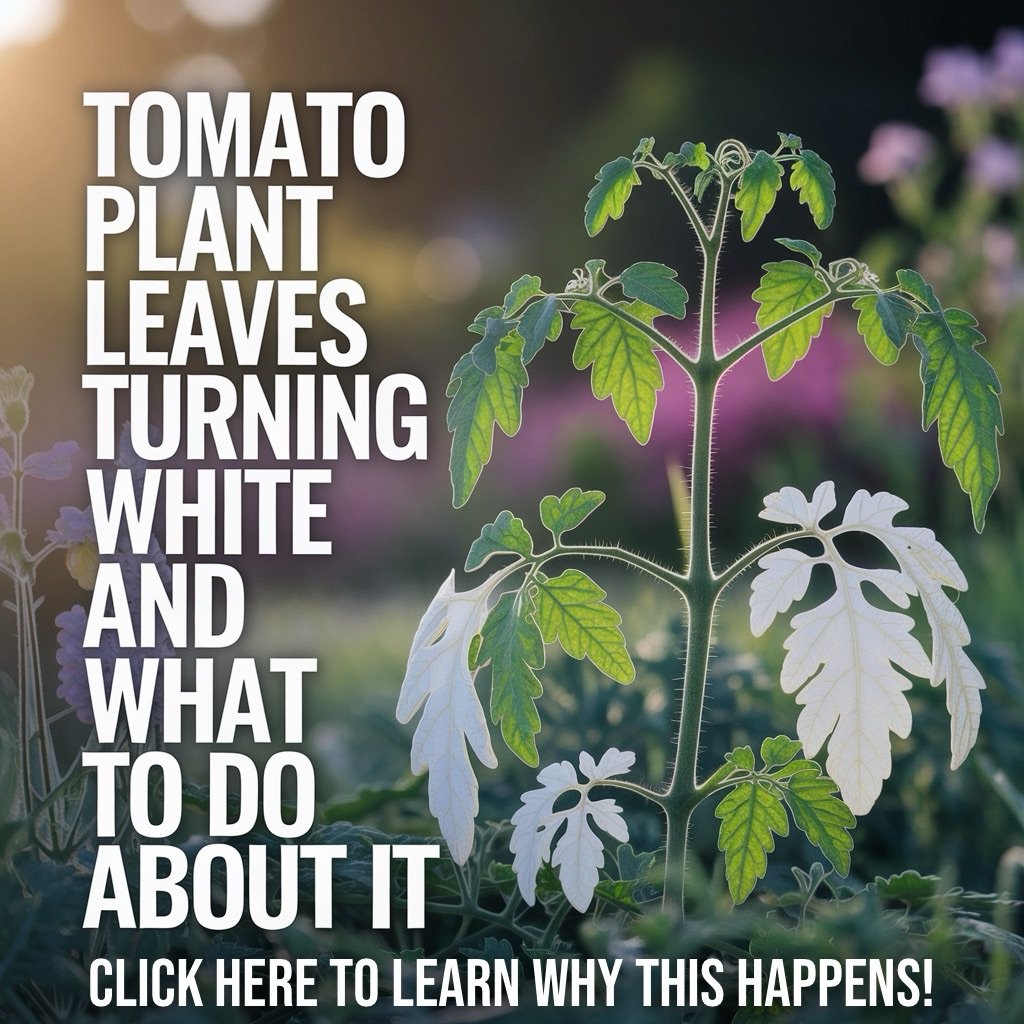
FAQ: Nitrogen Burn in Tomato Plants
What does nitrogen burn look like on tomato leaves?
You’ll see yellowing edges, browning tips, and sometimes entire leaves curling or dying. It usually starts on the lower leaves first.
How long does it take tomato plants to recover?
If caught early and treated right, you can see improvement in new growth within 1–2 weeks.
Can I use lawn fertilizer on tomatoes?
It’s risky. Most lawn fertilizers are too high in nitrogen and can easily cause burn. Stick to tomato-specific blends or compost.
Should I cut off damaged leaves?
Yes, but only the worst ones. Leave as many healthy leaves as possible so the plant can continue photosynthesis.
What’s the best fertilizer ratio for tomatoes?
Something like 5-10-10 or 10-10-10 works great. Lower nitrogen, higher phosphorus and potassium supports flowering and fruit.
As an Amazon Associate we earn from qualifying purchases through some links in our articles.
